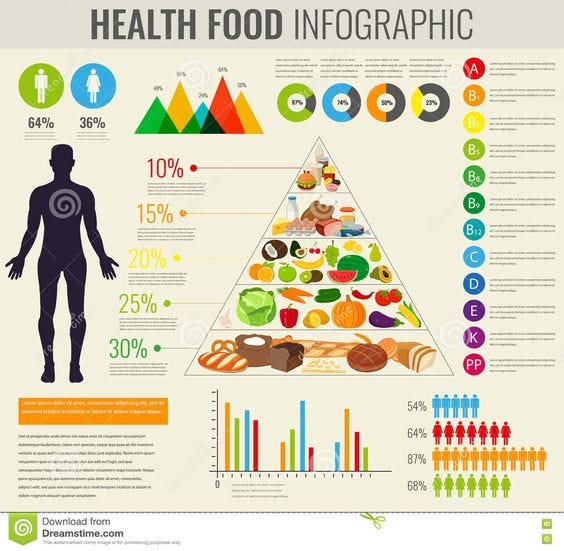Embarking on a health journey often feels overwhelming. My discovery of flexible dieting, inspired by scientific principles and personal experimentation, offered a new perspective on achieving sustainable health without sacrificing the foods I love.
What is Flexible Dieting?
Flexible dieting, or If It Fits Your Macros (IIFYM), is a nutrition philosophy that focuses on meeting daily macronutrient targets — carbohydrates, proteins, and fats — rather than restricting specific foods. This approach promotes a balanced intake tailored to individual needs and lifestyles.
The Science Behind Flexible Dieting
Studies, such as those published in the Journal of the International Society of Sports Nutrition, have shown that flexible dieting can lead to sustainable weight loss and muscle gain by emphasizing nutritional balance over restriction (Smith et al., 2019).
My Personal Journey
As a certified nutrition coach with years of experience navigating the complexities of diet culture, I’ve found flexible dieting to be the most adaptable and forgiving approach to eating. Here’s how I implemented it:
Calculating My Needs
Your Total Daily Energy Expenditure (TDEE) is your starting point. For me, a pivotal 3,146 calories was the target. Here’s a simple way to calculate yours: [Link to TDEE calculator].
Macro Mastery
Setting macro ratios was crucial. I aimed for a balance that supported muscle repair, hormonal balance, and energy levels. Here’s a breakdown of my daily intake:
- Protein: 218 grams
- Fats: 87 grams
- Carbohydrates: 372 grams
A Day in My Diet
My meals varied, but here’s a glimpse:
- Breakfast: Banana, whey protein shake, and peanut butter.
- Lunch and Dinner: Lean beef, sweet potatoes, mixed vegetables.
- Snacks: Protein shake, fruits, and nuts.

Overcoming Challenges
Flexible dieting isn’t without its hurdles. Initially, finding the right balance of macros while incorporating foods I enjoyed was challenging. However, by focusing on nutrient-dense foods for 80–85% of my diet and allowing for indulgences, I found a sustainable rhythm.
The Results
Adopting flexible dieting has not only improved my physical health but also my relationship with food. It’s a testament to the power of balance, flexibility, and mindfulness in dieting.
Starting Your Flexible Dieting Journey
- Calculate Your TDEE: Understand your energy needs based on your lifestyle.
Here are a few links where you can calculate your Total Daily Energy Expenditure (TDEE):
https://www.calculator.net/tdee-calculator.html
https://legionathletics.com/tdee-calculator/
https://tdeecalculator.org/
- Set Your Macro Targets: Tailor your intake to your personal goals.
- Track Your Intake: Use apps like MyFitnessPal to stay on track.
- Adjust as Needed: Be flexible and adjust your macros based on your progress.
Conclusion
Flexible dieting has debunked the myth that health is synonymous with restriction. By embracing a philosophy of balance and adaptability, I’ve discovered a path to sustainable health that respects my body’s needs and my love for food.
Ready to Start Your Journey?
Embrace the flexibility of dieting and discover how adaptable eating can transform your health and relationship with food. For more tips and guidance, follow me on [Social Media Links] and sign up for our newsletter.
interested in more insights on fitness and supplementation? Dive deeper with us at shopdarkcave.com for more informative articles tailored to your fitness journey!
0 comments